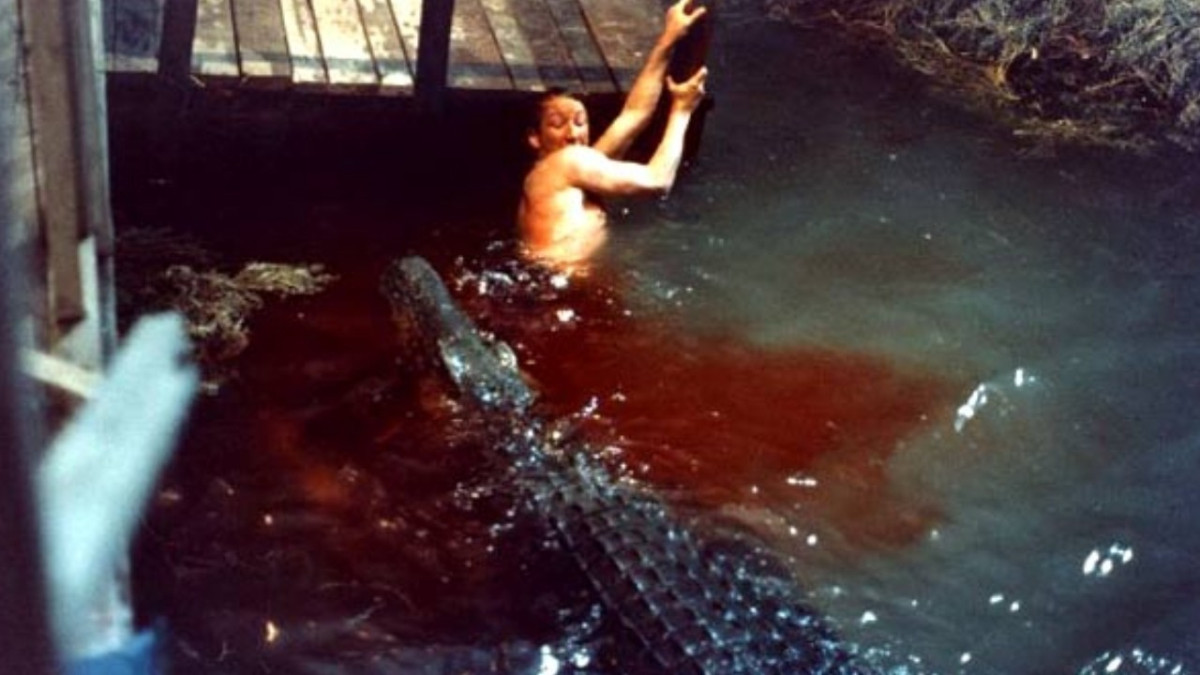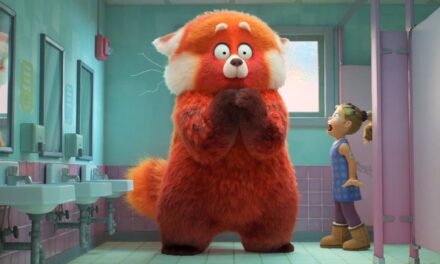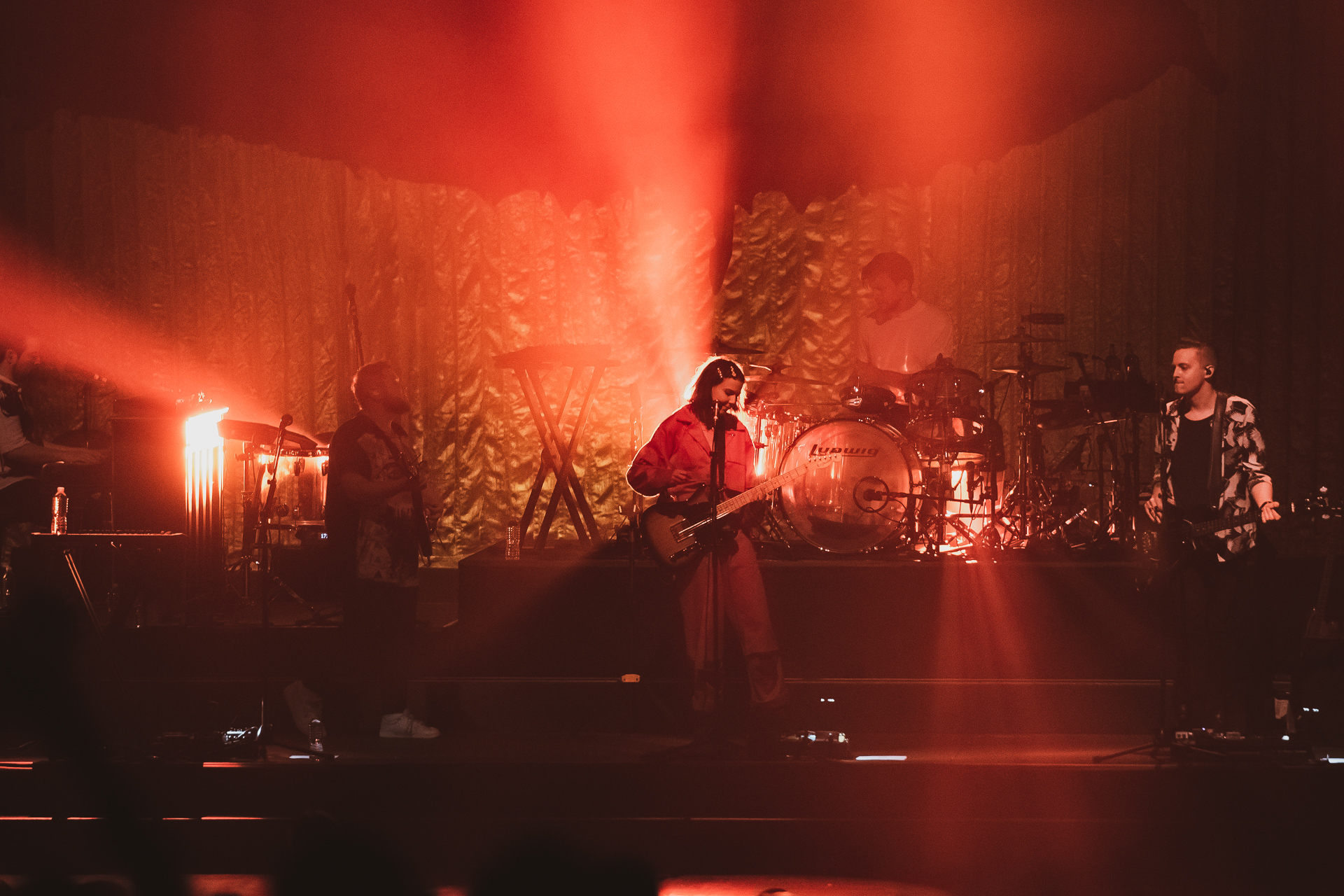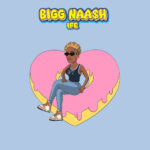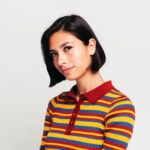So, it’s all come to this. The final showdown between legendary final girl Laurie Strode (Jamie Lee Curtis) and her evil, relentless brother Michael Myers/otherwise known as “the shape.” Everything has been set to have a bloody, bombastic showdown between the two — given the last events of Halloween Kills. Surely, Laurie has become a growing ball of vengeance (and who could blame her if she did?). However, writer/director David Gordon Green consciously subverts expectations — at least for the narrative’s first half. Halloween Ends is an accumulation of themes the new trilogy has investigated at length.
During Halloween (2018), the story looked at the scars of trauma and how they impact a person and family forty years later. Then, Halloween Kills attempted to show how that can infect a town — rendering people to become the monsters they fear. Through all this, Green and co-writers Chris Bernier, Danny McBride, and Paul Brad Logan have established Michael as more of an essence of evil. Not only is he a killing machine, but Michael’s hatred is also likened to a virus. Ends not only is the end of the Strode saga, but also shows the same evil can go from person to person. This comes with a divisive choice — removing Michael from the equation for a good chunk of the runtime. What? How do you sideline a main ingredient to a finale? It looks like Green is going the entire 1982 Season of the Witch route. There’s a method to this mode of madness. While it may not always work, Halloween Ends has a brave streak in making you expect the unexpected.
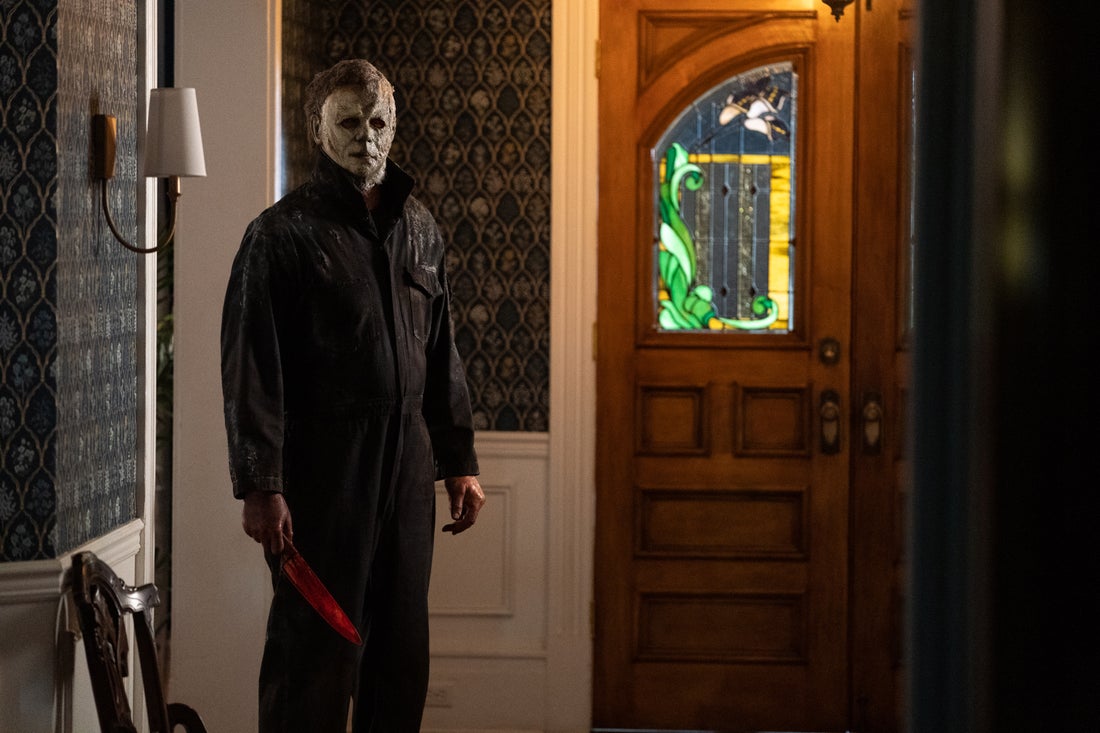
Photo Credit: Ryan Green/Universal Pictures
The film doesn’t immediately focus on the aftermath of Kills. Instead, it elects to tell another story of a character named Corey (Rohan Campbell), who, in 2019, babysits a young kid named Jeremy (Jaxon Goldberg). Jeremy makes fun of him, fully indulging in the lore of Michael Myers (stating Michael doesn’t kill kids, he kills babysitters. Touché, Jeremy). After an elaborate Home Alone-like prank, an accident happens where Jeremy dies. While Corey is not found guilty of the murder, he is ostracized and looked down upon by the people of Haddonfield. Three years later, there’s a thick fog of uneasiness over Haddonfield. Michael Myers has not been seen for three years, and what’s left of the Strode family is trying to move on.
Laurie is working on a memoir, and some of the film is dressed with her voiceovers as she’s writing it. Allyson (Andi Matichak) is just trying to pick up the pieces while fighting through losing her friends and parents from the previous two installments. It’s an interesting parallel in how both characters try to navigate years of terror and loss. Laurie wants to put her past to rest in the written word as a warning to other people. But deep down, you can tell she wants that final confrontation. Allyson wants an anchor to normalcy, which comes when her paths cross with Corey.
Now, it’s been a theme in other films where two characters become a romantic match, bonding over extensive grief. While you can see why Allyson would pair with Corey, it doesn’t totally mesh — especially toward the end of Kills. Present-day Corey gets bullied by high schoolers, has to work in his uncle’s car repair yard, and has an overbearing mother, Joan (Joanne Baron), who doesn’t recognize Corey as an adult. These things with his past serve as a pressure cooker of resentment and pain. Corey and Allyson’s storylines would better parallel one another rather than intertwine. But you can see why Green made that choice. Also, the town of Haddonfield isn’t exactly kind and loving. More often than not, they blame the Strodes for what happened — unfairly taking the semblance of normal Laurie and Allyson have.
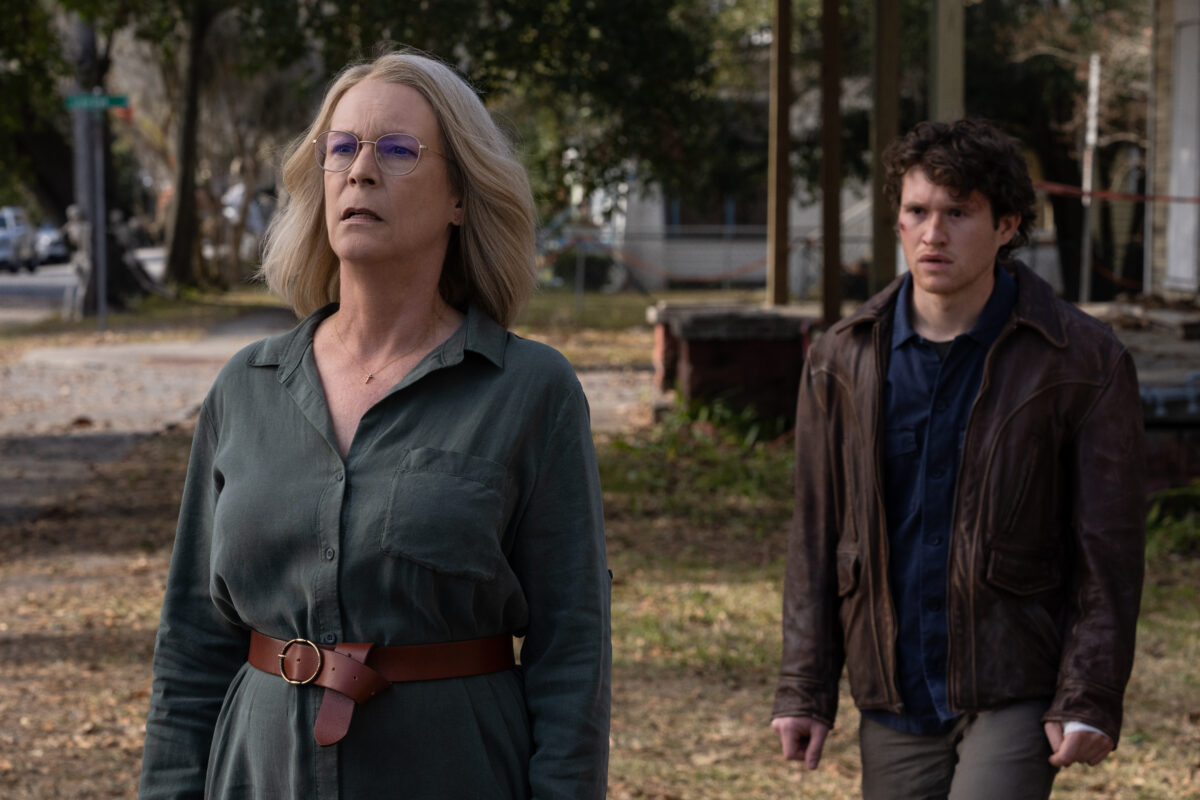
(from left) Laurie Strode (Jamie Lee Curtis) and Corey (Rohan Campbell) in Halloween Ends, co-written, produced, and directed by David Gordon Green.
Much of Ends devotes its time to Corey’s slow descent into madness. There’s a point where Laurie says she sees the same look in Corey’s eyes that she’s seen in Michael’s. As the film continues, Campbell does a good job of showing an evil streak in his facial expressions and posture. Then, it slowly elects to introduce Michael Myers’s character into the fold. Does Michael need an understudy to wreak havoc upon this town once more? Not from what we’ve seen previously. However, Green elects to be ambiguous in how Michael is still standing. Is it from a supernatural means, and can that be passed off in a pure glance? It’s really up to the audience to decipher.
For those looking for gore, Ends provides that towards the end of the second act onward. Michael Simmonds brings camera tools back from the first film to invoke classic scenarios. John Carpenter returns to lend his trademark expertise to the film’s score. In her final time as Laurie Strode, Jamie Lee Curtis exhibits the contemplative restraint of a woman afraid of the past repeating itself. There’s a valuable viewpoint only Laurie can see with generational danger. Matichak is given the space with Allyson’s character to see how she wants to break this never-ending cycle. Even with Laurie and Michael’s final confrontation, you are left to wonder if Haddonfield will ever find the peace they seek. Everybody seems to be bound there like ghosts looking for a proper burial. Green could have elected to have Laurie and Allyson perpetually be on a revenge quest. However, Ends wants to show us the bigger boogeyman — the unnerving thoughts and emotions that plague people, even in his absence.
Photo Credit: Universal Pictures


